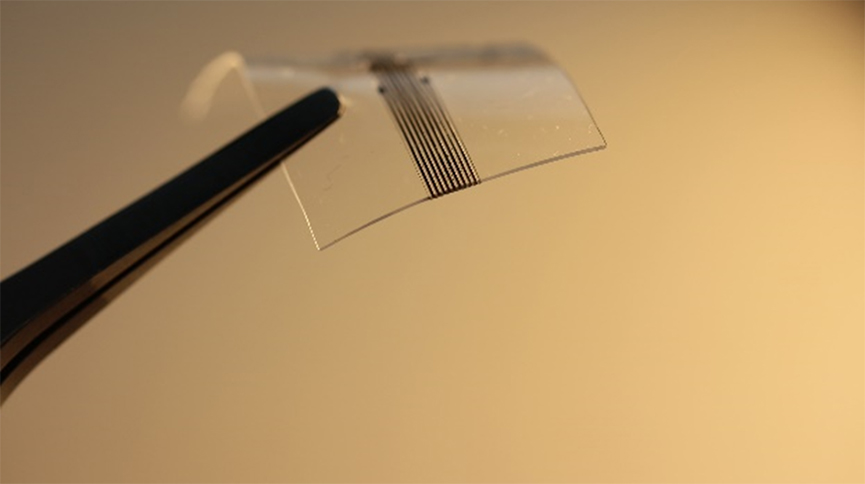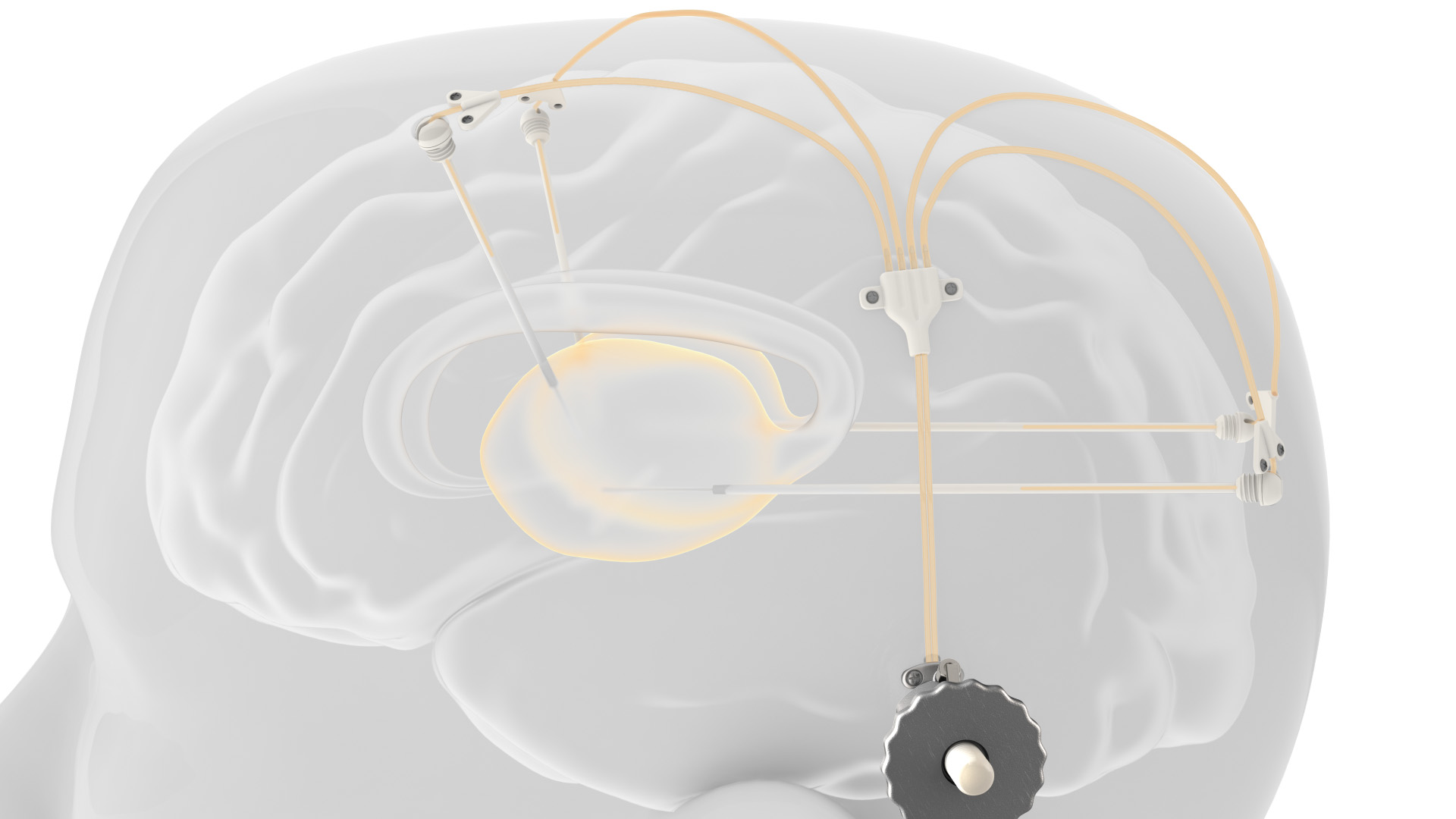Engineers and neuroscientists from the University of Sheffield, St Petersburg State University, and Technische Universität Dresden have developed a 3D printed prototype neural implant that could potentially treat nervous system injuries, such as paralysis.
Giving off a somewhat science fiction vibe, the implant combines biology and electronics to, in essence, link the human brain to a computer as a method of treating neurological conditions.
“The research we have started at TU Dresden and continuing here at Sheffield has demonstrated how 3D printing can be harnessed to produce prototype implants at speed and cost that hasn’t been done before, all whilst maintaining the standards needed to develop a useful device,” said Ivan Minev, professor of intelligent healthcare technologies at the University of Sheffield’s Department of Automatic Control and Systems Engineering.

Additive manufacturing and neural implants
While brain-computer interfaces or neural-control interface research has been around since the 1970s, one of the highest profile developments in neural brain implants to date came from the launch of billionaire Elon Musk’s ‘brain-hacking’ Neuralink chip. Neuralink also ultimately aims to link the human brain with computers. Grimes’ boyfriend demonstrated this ambition earlier this year when he unveiled live on a webcast a pig that had one of the coin-sized chips embedded in its brain.
Elsewhere, researchers at Massachusetts Institute of Technology (MIT) have used 3D printing to develop soft, flexible brain electrodes that conform to the brain’s contours and monitor activity over longer periods, without aggravating surrounding tissue. This technology can help to monitor illnesses such as Parkinson’s disease and severe depression.
In a slightly different vane, engineering technologies firm Renishaw has also been working on a medical neural implant, although for the delivery of medicinal drugs as opposed to electrical impulses. Its neuroinfuse drug delivery device is currently the only platform to facilitate repeated, intermittent drug infusions into an organ’s functional tissue, and has been trialed in the treatment of Parkinson’s disease.

The neural implant
Utilizing 3D printing, the team of scientists were able to make the prototype implants faster and more cost-effectively than had been achieved previously. Significantly, the technology-enabled the implant to be customized to suit pinpointed areas within the nervous system.
Through ink-jet deposition and extrusion-based additive manufacturing methods, the 3D printer applies layers of biocompatible, mechanically soft materials to produce the implant. The flexibility of this process means neuroscientists can test their treatment ideas more quickly and cheaply, and designs can be speedily adapted to accommodate changes.
“The power of 3D printing means the prototype implants can be quickly changed and reproduced again as needed to help drive forward research and innovation in neural interfaces,” Minev explained.
During the study, researchers proved the implant could fit well on various neural surfaces, such as the brain, spinal cord, peripheral nerves, and muscles. The implant was also used to successfully stimulate the spinal cord of animal models such as rats and zebrafish with spinal cord injuries, and the researchers believe this could pave the way for future paralysis treatments among human patients.
For this to become a reality, the implants need to be able to sense and supply tiny electrical impulses to the brain and nervous system. Throughout the study, the scientists showed that it is possible to produce 3D printed implants that can communicate with these areas of the body, opening up the possible applications for neural interfaces of this nature.

Neural implant applications and ambitions
Innovation in the field of neural interfaces is often impeded by the high costs and lengthy development time of producing prototypes, which are key to investigating new treatments.
Demonstrated in the study, 3D printing has significantly sped up this process and cut costs. The next step will see the scientists establish the robustness of the devices when implanted for extended time periods. In the longer term, the team hopes to widen the possibilities of personalized treatments to neurosurgeons.
“Patients have different anatomies and the implant has to be adapted to this and their particular clinical need,” added Minev. “Maybe in the future the implant will be printed directly in the operating theatre while the patient is being prepared for surgery.”
More information on the study can be found in the article “Rapid prototyping of soft bioelectronic implants for use as neuromuscular interfaces” in the Nature Biomedical Engineering journal. The study was co-authored by D. Afanasenkau, D. Kalinina, V. Lyakhovetskii, C. Tondera, O. Gorsky, S. Moosavi, N. Pavlova, N. Merkulyeva, A. Kalueff, I. Minev, and P. Musienko.
Nominations for the 2020 3D Printing Industry Awards are still open, let us know who is leading the industry now.
The fourth edition of the 3D Printing Industry Awards Trophy Design Competition is now underway. Enter your design for the chance to win a CraftBot Flow 3D printer.
To stay up to date with the latest 3D printing news, don’t forget to subscribe to the 3D Printing Industry newsletter or follow us on Twitter or liking our page on Facebook.
Are you looking for a job in the additive manufacturing industry? Visit 3D Printing Jobs for a selection of roles in the industry.
Featured image shows Neural interfaces could lead to the next generation of medical treatments for patients with nervous system problems. Image via Sheffield.ac.uk.


